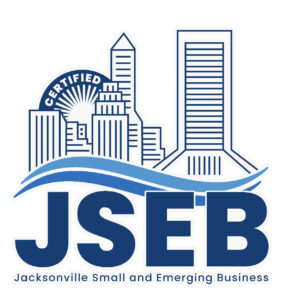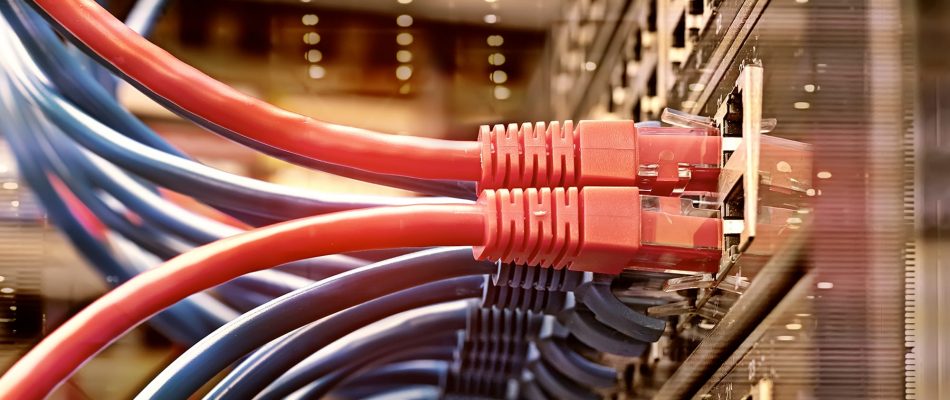Your cabling infrastructure should match your company’s needs. Choosing the right network cabling for your business saves you time, money, and headaches. Before you select the right cable type for your network, you’ll want to take several factors into consideration. Does your company own or lease the building? If you own, you’ll want to figure out your primary usage and speed requirements. If you lease, you’ll need to determine how long you’re staying in the lease and what type of cabling will get the job done.
How to Determine the Right Cabling Infrastructure
Do you use a training or conference room that requires high speed internet? Are you an IT Director for a high-volume medical clinic and need to make IT decisions that impact the entire organization? If you’re in the manufacturing industry you probably need industrial grade cables that have an outer sheath rated for extreme environments. Whatever industry you’re in you’ll need to take into consideration all the variables that determine your network cabling needs from both a physical and performance standpoint.
Common Types of Cabling Infrastructure
- Category 5 (Cat5) – Cat5 cabling was standard starting in 1995. If you have Cat5 and it’s working for you stick with it. If you’re planning on expanding into more advanced IT technologies, you may need to upgrade.
- Category 5e (Cat5e) – Most building cabling is Cat5e, as it became the standard in 2001. Cat5e is a copper cable that reduces noise and signal interference. If your network needs greater speed now or in the future then Cat5e may not be the best solution.
- Category 6 (Cat6) – If you own or plan to say in a building Cat6 is a good choice. If your business is using power over ethernet (PoE) devices (Voice over Internet Protocol (VoIP) telephone systems, and cameras you’ll want to be using category 6 at a minimum.
- Category 6a (Cat6a) – Cat6a can double transmission frequencies to 500 MHz This cable infrastructure can support 10 GB Ethernet speeds. Cat6a is a good choice if you plan to upgrade or move into a new facility within the next 5 to 10 years.
- Category 7 (Cat7) – This cable is designed for Gigabit Ethernet. While Cat7 probably offers you more speed than you need, each newer cable standard provides higher speeds with lower crosstalk. The majority of businesses today still have no need to upgrade to Cat7 Ethernet cable.
Fiber optic cable infrastructure is becoming a high demand standard for companies that are reaching bandwidth limits with Cat6 cables. Fiber optic cable is used for connecting network segments, connecting buildings and floors, but isn’t used for complete network wiring. Fiber optic cable has the ability to send signals over 10 GB per second.
What Cabling Infrastructure is Right for Your Business?
It’s not always obvious which network cabling solution is best. Working with a cabling infrastructure company is the best way to ensure you get what you need for your unique needs. Communications Solutions, Inc. has been the premier provider of cabling infrastructure in Northeast Florida for the past 20+ years. Contact Us today and we’d be happy to walk you through your options and help you make an informed decision.
(904) 777-6656



